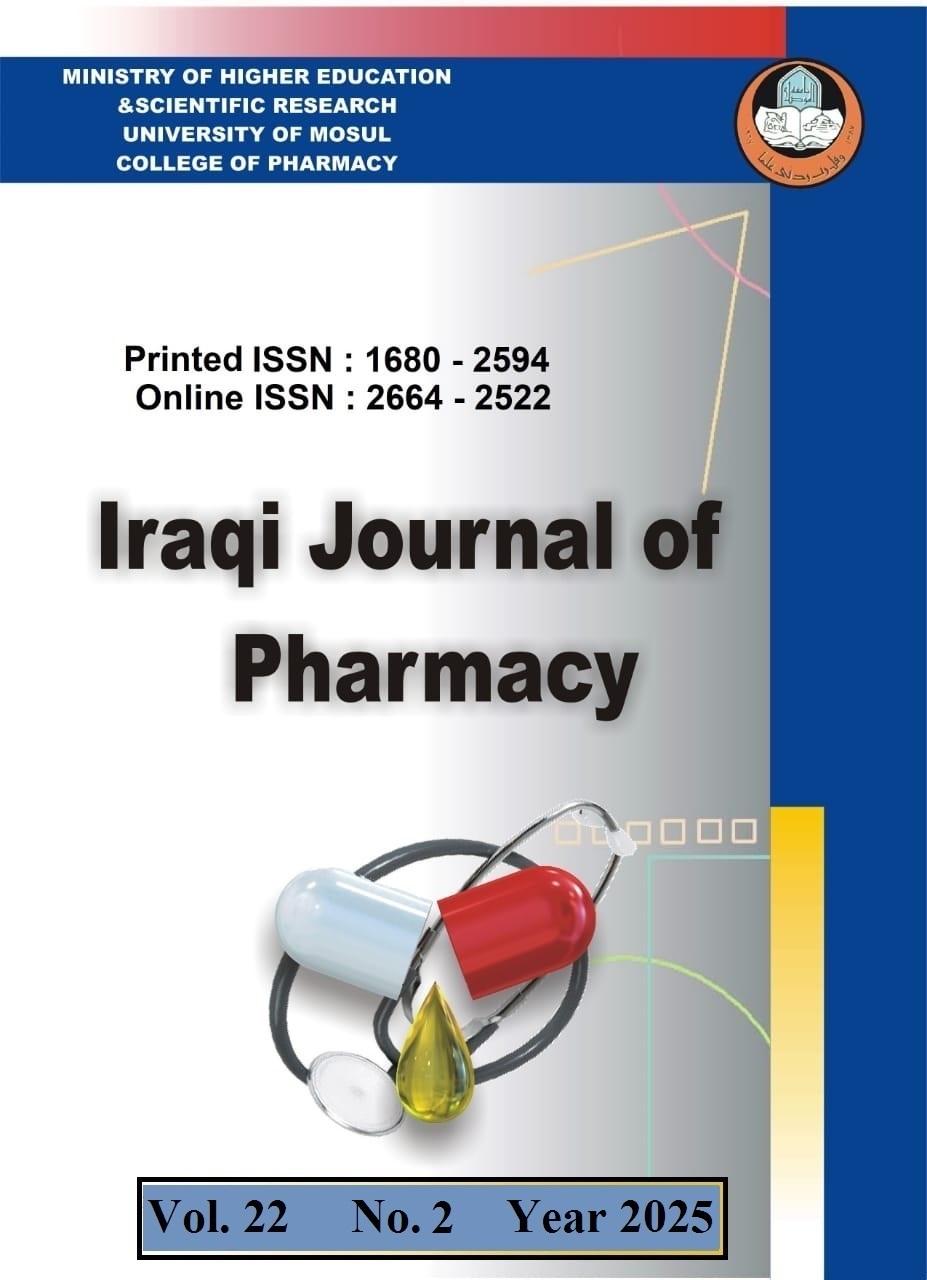The effect of atenolol and combination of atenolol and thiazide diuretic on the lipid profile in hypertensive patients
Abstract
Objectives: To assess the effect of atenolol and combination of atenolol and diuresam (hydrochlorthiazide, 25 mg and amiloride, 5 mg) on the lipid profile including serum total cholesterol, triglyceride, very low density lipoprotein-cholesterol (VLDL-C), low density lipoprotein cholesterol (LDL-C) and high density lipoprotein-cholesterol (HDL-C) in hypertensive patients.Design: Case-control study.Setting: The study was conducted in Outpatient department of Ibn-Senna Hospital in Mosul, during the period from December 2003 to July 2004.Participants: Fifty hypertensive patients under atenolol therapy (100 mg/day) and 40 hypertensive patients under combination therapy of atenolol (100 mg/day) and diuresam (one tablet every other day). In addition to that, 50 stage 1 hypertensive patients without treatment served as a control group.Mean outcome measures: lipid profile in the treated hypertensive patients were compared with those measurements in the control group by using Duncan test.Results: In the hypertensive patients treated with atenolol, serum total cholesterol, triglyceride, VLDL-C and LDL-C were significantly higher (P<0.05) than those values in the control group, at the same time HDL-C did not change. The measurements of the lipid profile of the atenolol group were not significantly different from those measurements in the combination treated group of atenolol and diuresam.Conclusion: Chronic use of atenolol or combination of atenolol and diuresam is associated with a significant increase in serum lipid profile. However, diuresam in moderate dose might not increase serum lipid profile.








